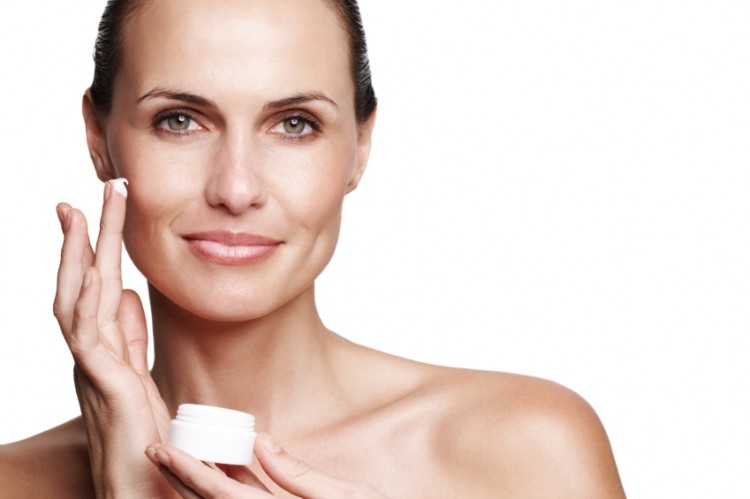More studies needed to confirm safety of vitamin A in cosmetics

The Committee carried out its assessment at the request of the Norwegian Food Safety Authority, to look in to vitamin A (retinol and retinyl esters) in cosmetic products.
“VKM concludes that there are not enough relevant studies with the necessary data on association between concentrations and adverse effects in the skin to define safe upper concentrations for the use of retinol and retinyl esters (retinyl palmitate and retinyl retinoate) in cosmetics,” says the assessors statement.
“However, the present available data indicates that local adverse effects in human skin may appear after application of retinol at concentrations of 0.075 % and above. For retinyl esters, no conclusion can be drawn from the available data.”
Vitamin A
Vitamin A constitutes a group of lipid-soluble compounds including retinyl esters, retinol and retinal.
Retinol and retinyl esters are widely used ingredients in skin care products, such as anti-wrinkle products, moisturisers and sunscreens, due to their effects on various biological processes in the skin.
The use of retinol and retinyl esters in cosmetic products has been restricted in the Norwegian cosmetics regulations with maximum allowed concentrations of 0.3 % retinol and 0.55 % retinyl palmitate.
However, upon entry into force of the EU Cosmetics Regulation July 11th 2013, the national regulation of these compounds ceased.
The Norwegian Food Safety Authority says it is working on compensatory measures to ensure safe use of these products, which is what led to the request to VKM to identify the upper concentrations of vitamin A that may be safely used in cosmetics in relation to the ingredients’ ability to irritate the skin.
Study selection
In order to perform this task, a literature search was performed and the relevant scientific papers were evaluated.
The finally selected publications reported the usage and the concentration of retinol and retinyl esters as treatment agents. They contained, with varying levels of details and quality, descriptions of the study design and discussions of local effects in the skin that was relevant for this opinion.
Of a total of 12 publications, 10 human in vivo studies and 2 animal in vivo publications (one study and one report on a safety assessment) of relevance to this opinion were identified.










